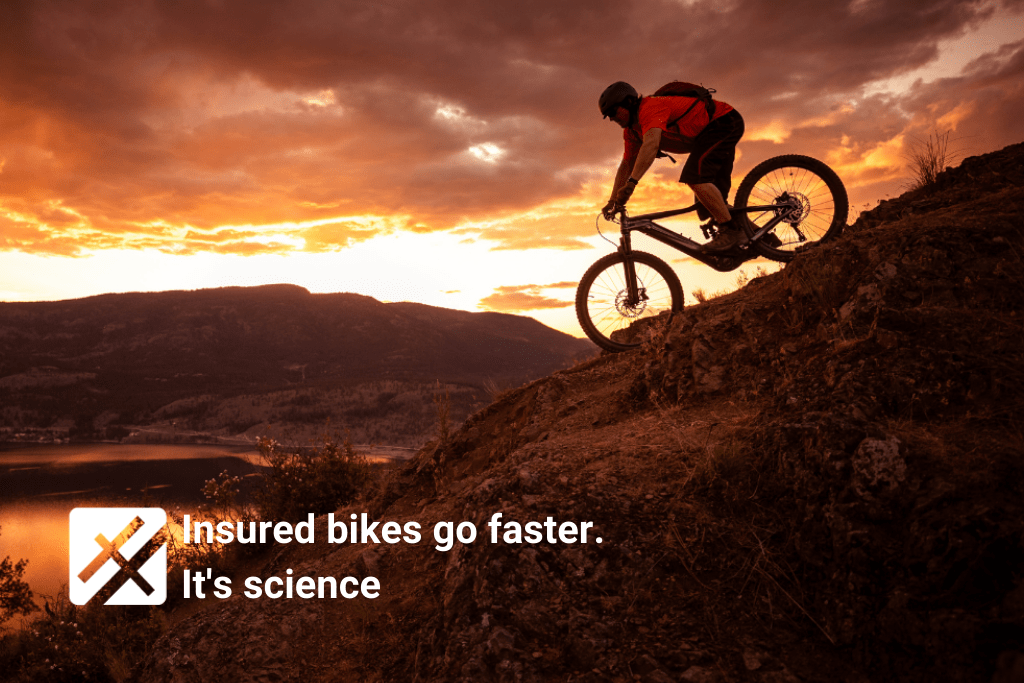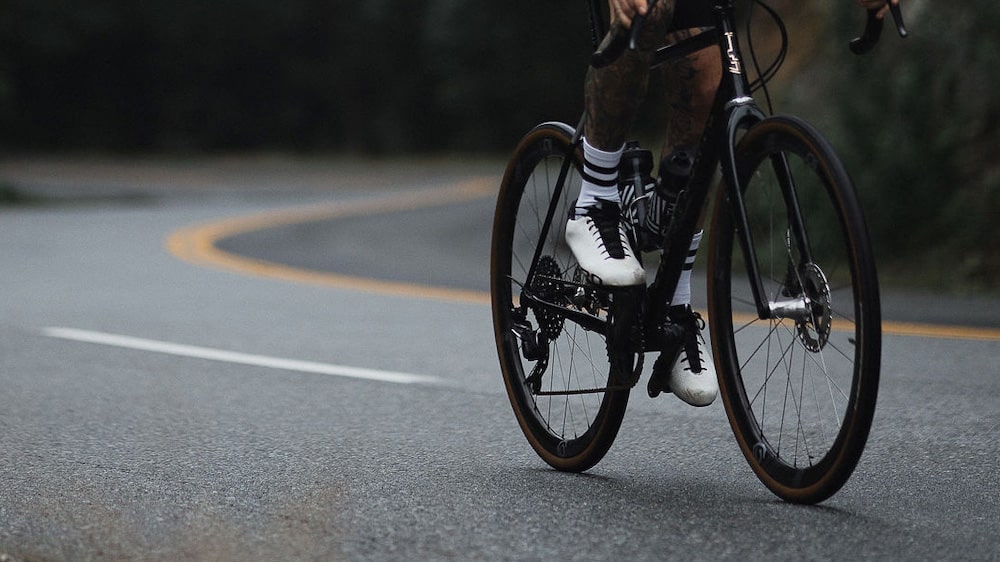While we’re all caught up on the news about COVID and the flash floods affecting parts of Canada, there’s something else that’s going on which might not be receiving as much coverage. The rise of E-bikes.
They’re being built with more speed and more power than ever before. Whether you’re a casual commuter or a mountain biking aficionado, chances are, you’re probably already considering one. But are they really worth it? And if so – is faster always better?
We’re breaking down 5 things you need to know before buying E-bikes and answering if speed is really a need.
What’s the latest with E-bikes?
The newest E-bikes can go much faster than pedal-only riders. As the industry grows, motor powers seem to follow suit. High-powered motors now range from 1000W to a whopping 6000W!
If you’re used to a conventional motor that usually range from 250W-500W, you might be asking whether it’s time for an upgrade, and if a significant one, for that matter, is worth it. And if it is, how much power is really needed?
Are E-bikes worth it for casual cyclists and commuters?
Now let’s slow down a bit (literally, yes) and review the numbers. 6000W motors are already used for motorbike racing and are not designed for city travel. For the average commuter, 500W is actually more than enough power to get you around the city with ease.
In fact, faster E-bikes may come with disadvantages. Here’s why:
1. Road regulations may not be prepared for it. Some Canadian provinces have a 500W output on most E-bikes. Although this doesn’t automatically restrict your bike’s power (since you can always connect it to a high-powered battery to increase wattage), keep in mind this limitation may entail speed regulations.
2. They haven’t undergone extensive testing. 500W motors are already tried, tested, and mass-produced due to their reliability and safety. But anything higher is likely to be new, with lesser testing data.
3. Slower is usually safer. Speaking of safety, it’s only natural that faster speeds equate to higher risks of injury and crashes. With great power comes great responsibility – and possibly greater consequences in the event of an accident.
4. You could face an uphill motor battle. Motors above 1000W are prone to overheating issues, especially when used for uphill rides.
5. Less means more savings. The bigger your motor, the bigger your spending may be. Why? A bigger battery is needed to power it up and this is the priciest part of an E-bike. Therefore, sticking to a 500W motor or less means extra savings.

What about E-bikes for mountain biking?
On the trail, it could be a different story. E-bikes for mountain biking may have significant advantages – especially if you enjoy covering more ground in less time.
Expert reviews on E-MOUNTAINBIKE, however, note that E-bikes for mountain biking may only need 500W to 700W motor power to maximize the experience. More is better, but you don’t have to opt for super high wattage.
No matter what bike, stay insured and informed.
Whether you’re a road racer, a mountain biker, or a casual commuter, safety and security are paramount. The growing demand for E-bikes comes with a few causes for concern. Higher speeds on public roads call for safer restrictions and flexible insurance policies.
The increased motor power and cost of E-bikes and E-mountain bikes may deem them almost uninsurable.
We’ve got you covered.
If you’re considering buying an E-bike, join the conversation on bike safety and roadways at HUB Cycling and BC Cycling Coalition.
And while you’re at it, make sure your new high-powered bike is insured. Because of our passion to improve cycling experiences for Canada’s cyclists, our brokers have exclusive access to E-bike insurance policies without wattage exclusions on E-bikes. From theft coverage for e-bikes to delivery bike insurance, our brokers have your back.


